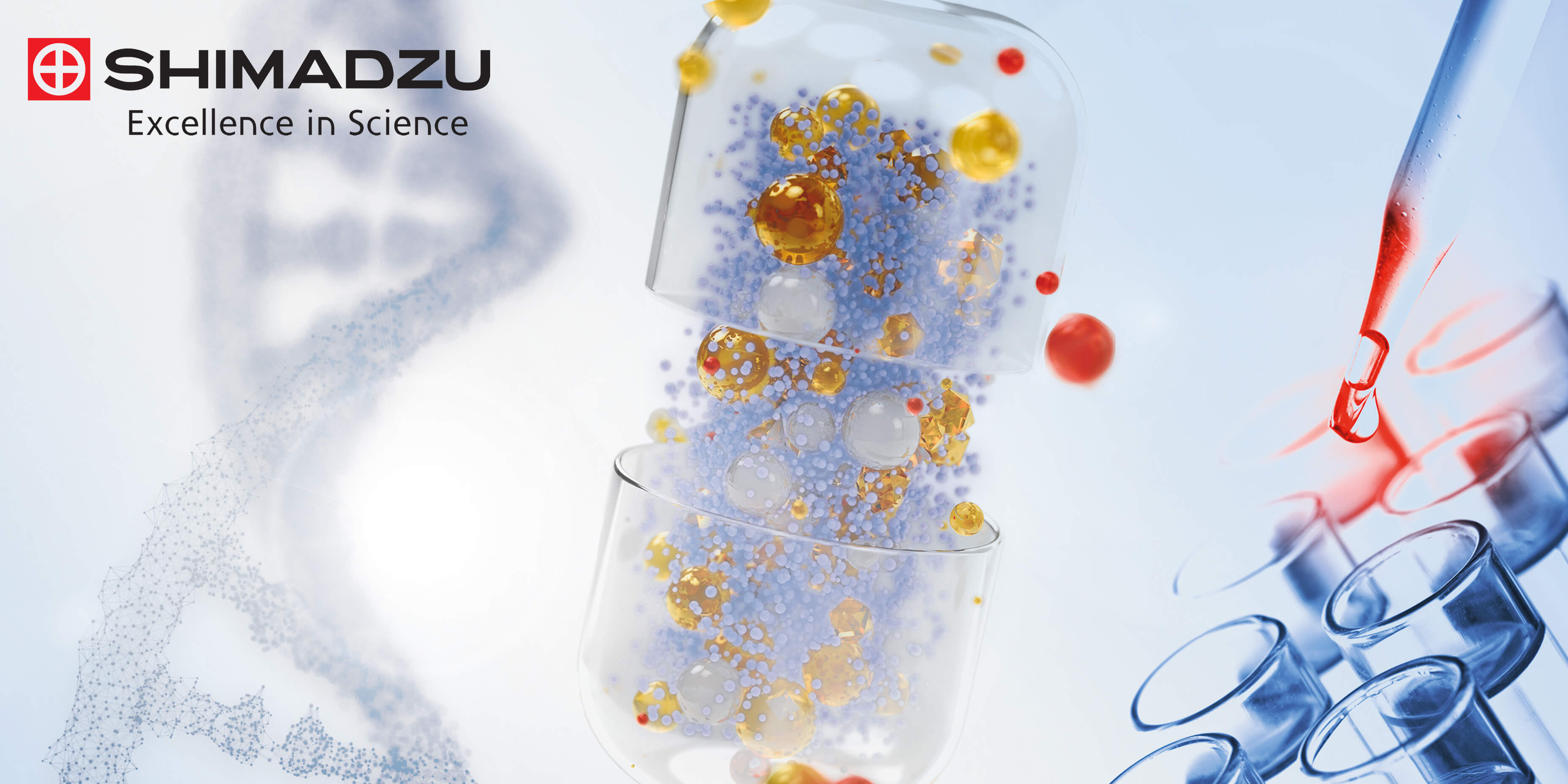
N-linked glycosylation on Asn residue with consensus sequence Asn-X-Ser/Thr (where X is any amino acid except Pro) plays a critical role in stability, bioactivity, and immunogenicity of monoclonal antibodies (mAbs). The N-glycan moieties of therapeutic mAbs, especially biosimilar products, must be adequately and routinely characterized to ensure product quality. In this report, we established a robust, sensitive, and reproducible analytical platform that contains a Nexera Bio UHPLC system, a fluorescence detector (RF-20A), and a Q-TOF mass spectrometer (LCMS-9030) for N-glycan profiling of bevacizumab biosimilar. N-glycans were released from bevacizumab biosimilar with PNGase F, labeled with 2-aminobenzamide (2-AB), and subsequently detected via RF-20A and LCMS-9030. LCMS-9030 was applied for peak assignment using an accurate mass of corresponding N-glycans, while peak areas from RF- 20A were used for N-glycan quantitation.
Protein Solubilization: 1 mg/mL of bevacizumab biosimilar solution was prepared in Tris buffer. A 100 μL aliquot was loaded into a 10 kDa molecular weight cut-off (MWCO) to remove salts of the sample buffer. The recovered sample (~20 μL) was diluted with 25 mM ammonium bicarbonate solution to 100 μL.
Reduction and Alkylation: 2 μL dithiothreitol (DTT, 1M) solution was added to reduce disulfide bonds. The sample was incubated at room temperature for 60 min. 4 μL iodoacetamide (IAA, 1M) solution was added for alkylation, and incubated at room temperature in dark for 60 min.
Deglycosylation: 2 μL PNFase F (1000U) was added to release N-glycans from bevacizumab biosimilar, and incubated at 37 ºC for overnight.
Extraction of N-glycans: The N-glycans were extracted using LudgerClean™ EB10 cartridge by eluting with 4 × 200 μL of 50% acetonitrile with 0.1% trifluoroacetic acid. For details see the LudgerClean™ EB10 cleanup protocol [1]. The obtained sample was dried down by a centrifugal evaporator and reconstituted in 50 μL of acetonitrile.
2-AB Labeling : 10 μL 2-AB/acetic acid/ DMSO/sodium cyanoborohydrate mixture with defined composition was used for labeling [2].
Purification of 2-AB Labeled N-glycans: LudgerClean™ S cartridge was applied to remove the excess labeling reagent. For details see the LudgerClean™ S cleanup protocol [3]. The obtained sample was dried down by a freeze dryer and reconstituted in 50 μL of 50% acetonitrile for LC/Fluorescence/MS analysis (Table 1).





